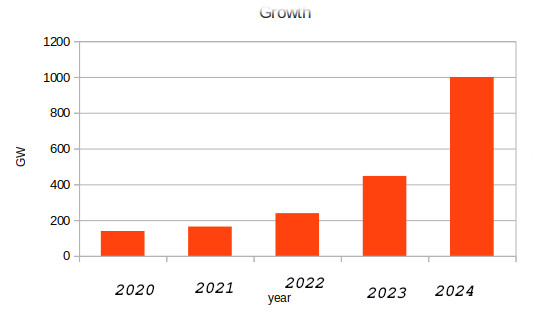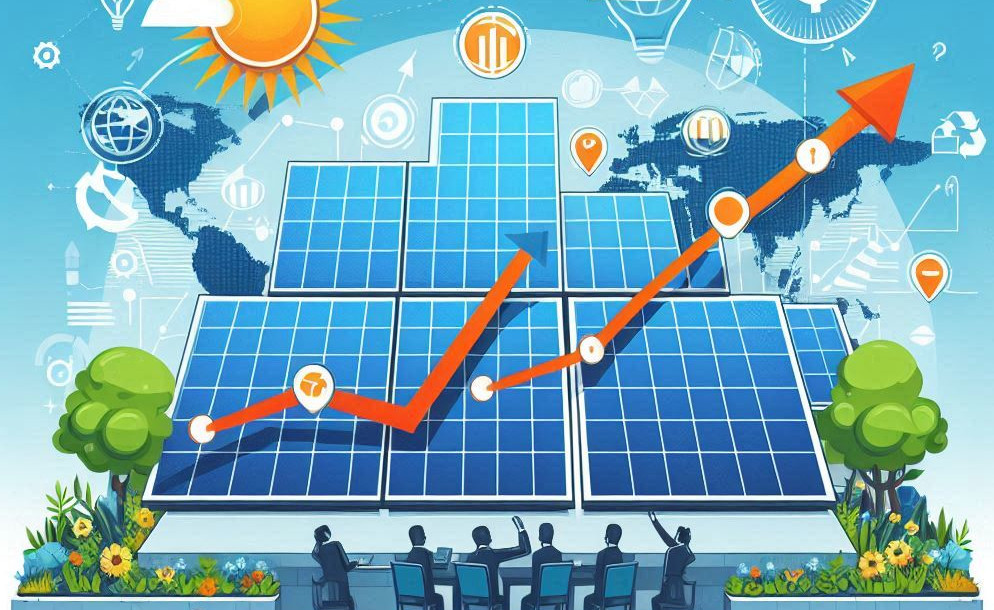Solar Future starts now
I’m here to help you understand why the solar future isn’t just coming; it’s already at our doorstep. There’s no denying the potent surge in solar energy developments. In the span of just one year, the world installed 447 GW of solar power – that’s an astounding 87% increase from the previous year(232 GW in 2022). It’s a milestone that’s reshaping how we think about our energy consumption and production.
So, what’s driving this solar boom? Innovation, dropping prices, and a global push towards sustainability are at the forefront. But it’s not only about current progress; we’re looking at a brighter future where, as early as 2028, we could be installing 1 TW of solar capacity yearly. That’s a game-changer for how nations will power their economies.
The environmental benefits are clear: solar power offers a path to drastically reduce carbon emissions and combat climate change. Economically speaking, the swift scale-up of solar is spurring job creation and could lead to significant shifts in energy markets. We’re going to delve into this more deeply.
Solar bum cal slow rapid climate degeneration
Yet, with rapid growth comes challenges. We must consider the strain on raw materials, grid infrastructure, and the need for increased storage capabilities. The solar revolution isn’t simply about slapping panels onto rooftops; it’s about re imagining our entire energy ecosystem.
By embracing this solar surge, countries not only inch closer to meeting climate goals but also fuel innovation and economic growth. It’s a turning point that signifies a profound transformation in global energy dynamics. Notably, this expansion sets the stage for the broader renewable energy narrative, which pushes for a diversified, resilient, and sustainable energy mix.
You’re going to discover that this isn’t just about the rise of a single technology; it’s about a global shift in perspective that affects everything from policy to personal decisions. The solar age isn’t just coming; it’s unfolding right before our eyes, and it promises to be one of the most significant energy shifts in history.
What statistic says
The most installed solar capacities are in the most developed countries. Of course, China is the first place. The United States is in second place, and Brazil is in third. Germany ranks fourth, while India ranks fifth. It is interesting that Germany and India have similar installed capacities. The sharp trend in production growth occurred after the pandemic ended. In 2021, the total installed power was 139 GW, and this figure will increase at the end of 2023 to 447 GW. More than exponential growth is expected until 2030.
| country | GW | %global |
|---|---|---|
| China | 253 | 56.6 |
| USA | 32.4 | 7.25 |
| Brasil | 15.4 | 3.45 |
| Germany | 15 | 2.8 |
| year | Overall Growth |
|---|---|
| 2020 | 139 GW |
| 2021 | 164 GW |
| 2022 | 239 GW |
| 2023 | 447 GW |
| 2024 | 1000 GW ??? |



